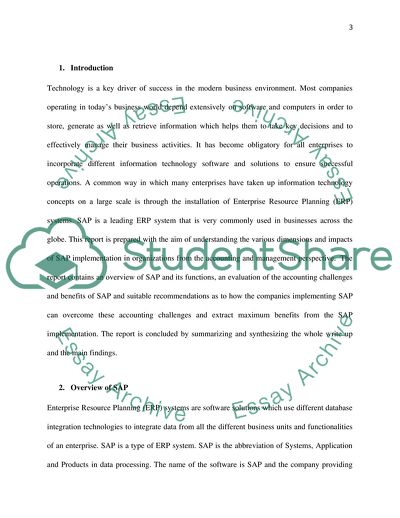Cite this document
(Accounting Systems Design and Development Assignment, n.d.)
Accounting Systems Design and Development Assignment. https://studentshare.org/finance-accounting/1837974-accounting-systems-design-and-development
Accounting Systems Design and Development Assignment. https://studentshare.org/finance-accounting/1837974-accounting-systems-design-and-development
(Accounting Systems Design and Development Assignment)
Accounting Systems Design and Development Assignment. https://studentshare.org/finance-accounting/1837974-accounting-systems-design-and-development.
Accounting Systems Design and Development Assignment. https://studentshare.org/finance-accounting/1837974-accounting-systems-design-and-development.
“Accounting Systems Design and Development Assignment”. https://studentshare.org/finance-accounting/1837974-accounting-systems-design-and-development.


